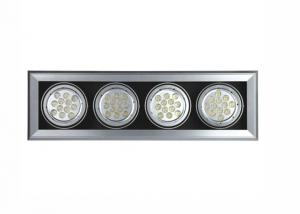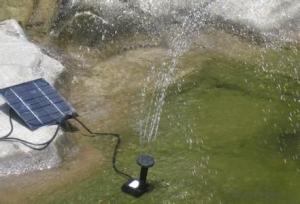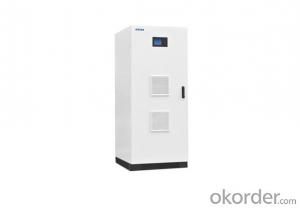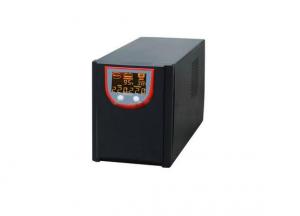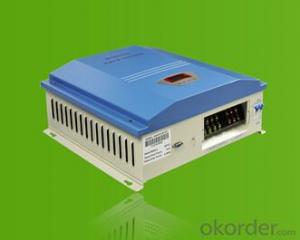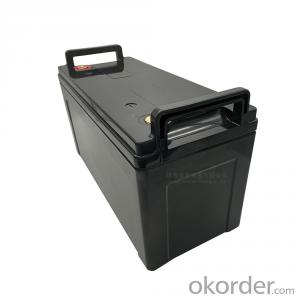Hybrid Solar Inverter 48v
Hybrid Solar Inverter 48v Related Searches
Solar Hybrid Inverter 48v 48v Hybrid Solar Inverter 48v Solar Inverter 48 Volt Solar Inverter Hybrid Solar Inverter Hybrid Solar Inverter 24v Hybrid Solar Power Inverter Solar Inverter Charger 48v Solar Hybrid Inverter 48v Solar Inverter Charger Inverter Solar Hybrid Hybrid Inverter Solar 12v Hybrid Solar Inverter Solar Inverter Hybrid Inverter Hybrid Solar 24v Hybrid Solar Inverter Smart Hybrid Solar Inverter 24 Volt Hybrid Solar Inverter Hybrid Solar Charger Inverter Solar System Hybrid Inverter Hybrid Solar Inverter System Buy Hybrid Solar Inverter 480v Solar Inverter Hybrid Inverter Solar System Solar Panel Hybrid Inverter Hybrid Inverter Charger Solar 48v Solar Inverter Price Hybrid Solar Inverter Charger Hybrid Inverter Solar Panel 50 Kw Hybrid Solar InverterHybrid Solar Inverter 48v Supplier & Manufacturer from China
Hybrid Solar Inverter 48v is a versatile product designed to efficiently convert solar energy into usable power for various applications. This inverter is specifically engineered to handle 48-volt solar systems, making it an ideal choice for those looking to harness the power of the sun in a reliable and cost-effective manner.The Hybrid Solar Inverter 48v is widely used in a range of scenarios, from residential solar setups to commercial and industrial applications. Its ability to manage solar power effectively makes it a popular choice for off-grid systems, as well as for backup power solutions during grid outages. This product is particularly beneficial in areas where access to electricity is limited or unreliable, providing a sustainable and eco-friendly alternative.
Okorder.com is a leading wholesale supplier of Hybrid Solar Inverter 48v, boasting a large inventory to cater to the varying needs of customers. With a commitment to quality and customer satisfaction, Okorder.com ensures that the Hybrid Solar Inverter 48v is readily available for those seeking a reliable and efficient solar power solution.
Hot Products









